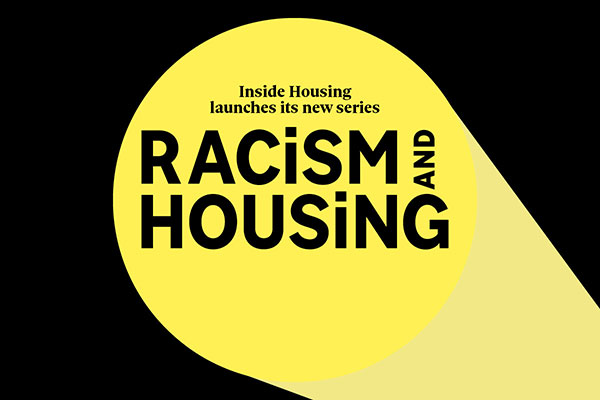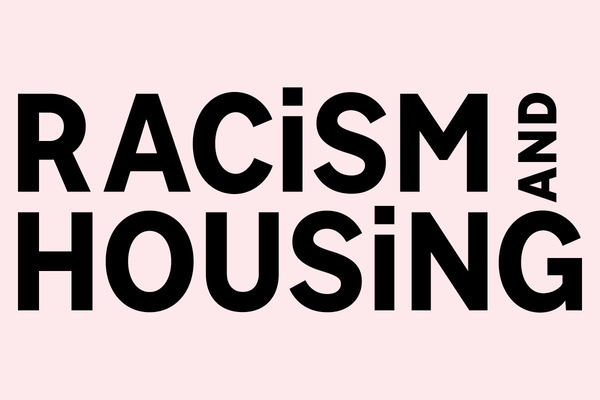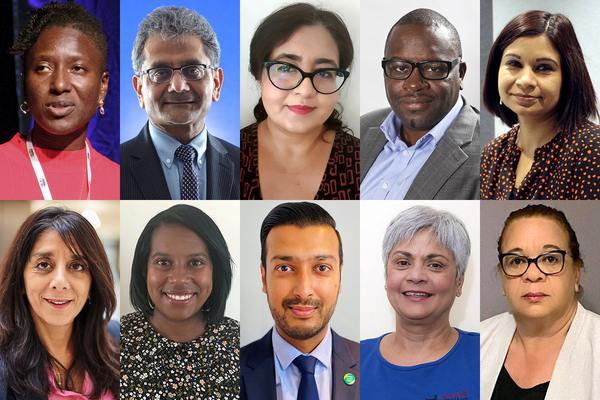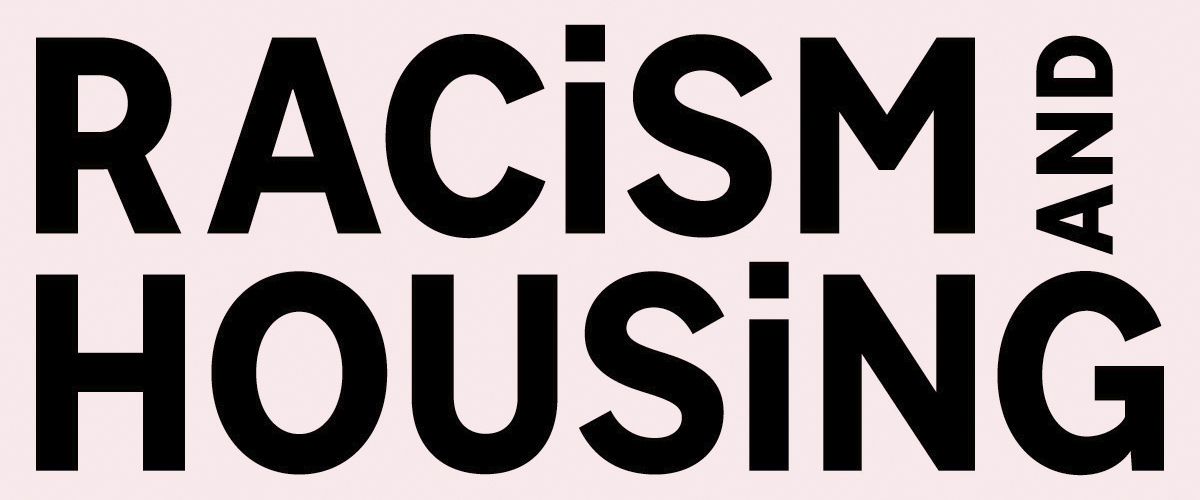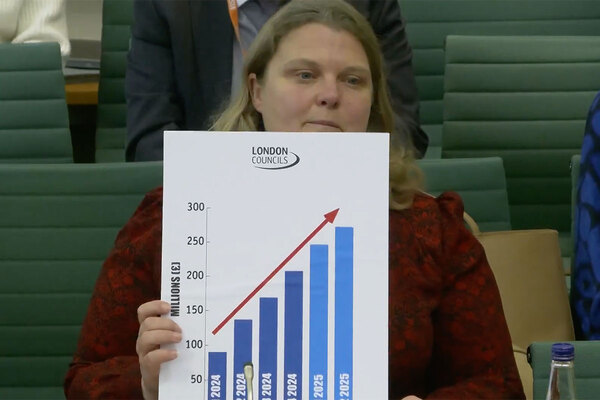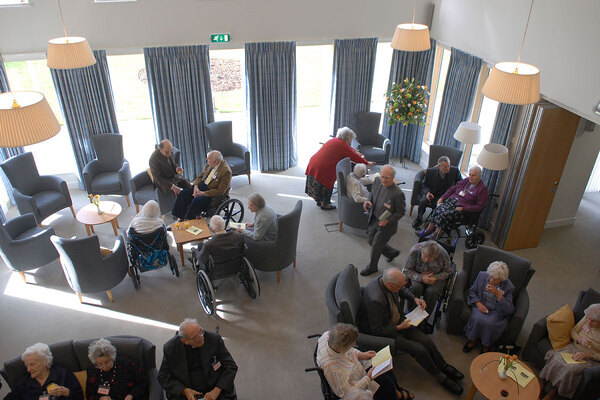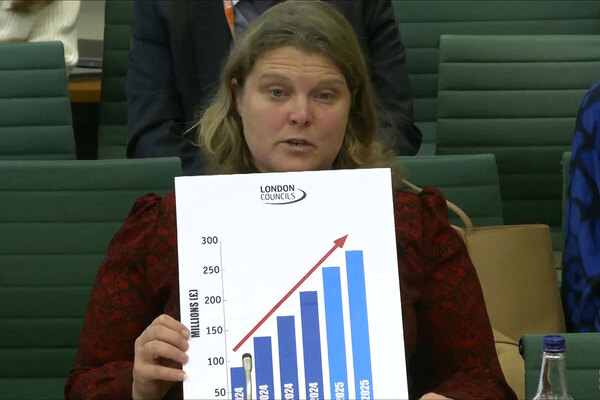Race and allocation: who are the new tenants getting social housing, and is it equitable?

Government stats reveal consistent race inequalities in social housing lettings, with some communities under, and others over, represented. Alex Turner digs into the data and asks what needs to change
Look back over a decade or so of social housing lettings data and a pattern quickly emerges.
The level of allocation across England to white households hovers just below 85% – 82% of 306,000 new lettings in 2019/20 – broadly reflecting their proportion of the population.
Asian households, meanwhile, are under-represented, with those most recent figures showing them accounting for 5% of lettings, despite making up 9% of the population. The reverse is true for households identifying as Black, who made up 8% of new social lets in 2019/20, but 4% of citizens. While those proportions fluctuate a little year on year – and it is worth keeping in mind that households are defined by the lead tenant’s ethnicity, potentially eliminating important nuance – the trend is remarkably consistent.
What can this data – and other available information – tell us about how race affects your chances of accessing a social home? We dig into the figures and ask experts what they think needs to change.
Even greater housing need
Government statistical reports say the over-representation of some communities in lettings totals “is at least partly explained by the geographical concentration of these groups in areas [such as big cities] where social renting is more common”.
But things are not so simple, points out Elaine Bowes, an equality, diversity and inclusion consultant who has worked on a number of landmark investigations into discriminatory lettings policies.
“African communities have always been over-represented in social housing,” she says. “We know that Caribbean [households are affected] too, but in particular African families are also known as being socio-economically at the bottom of the pile.”
Ms Bowes adds that it is important to recognise not just some communities’ disproportionate likelihood of working in low-income jobs but also their possible routes into housing – including via refugee status – when considering why they may be over-represented.
Homelessness statistics suggest that Black households’ housing need is actually even greater than the lettings figures show. In 2019/20, 11% of all applicants deemed to be owed a statutory homeless duty were Black – a percentage that has often been higher over the past 10 years.
The number of statutorily homeless white households is much lower today than in the mid-2000s, when it topped 50,000, despite rising from a 2009-10 low of 27,000 to more than 35,000 by 2016-17 in the context of the past decade’s austerity. But numbers of households from Black, Asian and other minority ethnic communities are higher than they were 15 years ago, meaning they make up a much greater proportion of the total.
Housing discrimination
The 1980s and ’90s saw a number of investigations into discriminatory lettings policies of local authorities.
Consultant Elaine Bowes recalls uncovering an array of racist practices, including Black, Asian and minority ethnic households being offered poorer properties, or barred from being rehoused, via the abuse of the points-based reallocation system.
Elsewhere, so-called ‘sons and daughters’ lettings policies that favoured the relatives of existing tenants effectively acted as a brake on changes to the ethnic make-up of estates.
“[In one London borough], if properties had a history of violence or harassment, they would simply allocate it to a white family [rather than taking action to resolve problems],” Ms Bowes adds.
Such behaviour is now illegal, but recently a number of councils have found themselves in court over allegations that their lettings policies are discriminatory.
In 2019, Lord Justice Lewison found Hillingdon Council’s policy of requiring people to live in the borough for a decade before qualifying for its housing list indirectly discriminated against Irish Travellers and non-UK nationals.
“Discrimination is, clearly, generally prohibited, but can be justified if it is a proportionate means of achieving a legitimate aim [in this case, rewarding people with a local connection],” says Rebecca Rees, a consultant at the Hugh James law firm. “Hillingdon would have been able to justify their policy if they had carried out a proper impact assessment as to whether it was justified – and other councils would be well advised to do so.”
In a blog commenting on the Hillingdon judgment, Ms Rees also highlighted a contrasting case. This was an attempted judicial review of the lettings policies of Agudas Israel Housing Association – a 500-home landlord prioritising applicants from the Orthodox Jewish community – which, because of demand, in practice accounted for all its lettings.
The claim was dismissed, based on evidence that the community faced real and substantial disadvantage, including around how anti-Semitism intersected with access to housing.
“The case demonstrates that the particular needs of the Orthodox Jewish community could be the basis of positive discrimination without a breach of Article 8 [rights],” says Ms Rees. “The same logic must apply to any minority community facing demonstrable challenges with the supply of housing, or housing need, over and above those faced by the general population.”
Not just numbers but circumstances
Ulfat Hussain, assistant chief executive and director of operations at 1,400-home Manningham Housing Association in Bradford, says that local South Asian communities are under-represented in social housing – but this is because of their needs going unmet.
“Look at the lettings data from a different perspective – what percentage of Asian populations are living in deprived communities, where there is acute homelessness, acute overcrowding [often in multi-generational households], and really poor private housing?” he asks. Looked at this way, the 9% Asian population should make up not 5% of new social lettings “but 15 or 20%”, he says. “It’s not just numbers, it’s the circumstances people are living in.”
Data published in July suggests that the offer of a social home – which for many Black, Asian and minority ethnic communities is more likely to be a flat or maisonette – might not provide respite from the problems discussed by Mr Hussain.
The English Housing Survey 2019/20 found that 18% of all ethnic minority households in social housing were living in overcrowded homes – higher than in any other tenure and well above the 7% of white social tenants. Overcrowded homes are not only more likely to suffer from damp and mould, but over the past year have also been associated with increased coronavirus mortality.
“We’re not building enough larger family homes [for rent in the social sector],” notes Cym D’Souza, chief executive of 1,000-home Manchester-based Arawak Walton Housing Association.
Families finding themselves overcrowded often struggle to size up, Ms D’Souza continues – and if the family grows while waiting for a new home, they may also find themselves technically too large for that by the time an offer comes in.
She adds that as well as the past decade’s funding regime making it harder for landlords to build bigger rented homes, the government’s focus on ‘affordable’ homeownership has also squeezed many Black and Asian families’ options. “It’s simply out of reach for the majority,” she says.
In numbers
82%
New social housing tenants who are white
5%
New social housing that is let to Asian tenants – compared with 9% of the population
8%
New social housing that is let to Black tenants – compared with 4% of the population
11%
Statutory homelessness applications that come from Black people
Diversity of thought
How then to make access to the right social housing more equitable?
Councils making more imaginative use of lettings policies would be a start, says Ms D’Souza. “You might have lived, for example, in Manchester forever, the right property might be in Stockport, but you can’t get it because the local policy doesn’t allow you to,” she says.
Mr Hussain, meanwhile, is emphatic that the solution relies on changing attitudes towards development. “We need the help of Homes England. We need them to say, ‘If there’s a larger property, you need a lot more grant, or if there are lower-value areas where development doesn’t stack up, how can we help it stack up?’” he says.
He stresses, though, that the buck should not only stop with government, but with larger housing associations, the strategies of which he says have suffered because they are insufficiently diverse at the top levels.
“Without a diverse workforce at every level, how are you going to get a diversity of thought?” he asks. “When a development director is sat there saying, ‘we need to build houses’, that means you’ve got somebody who thinks, ‘actually, look at this housing need, or overcrowding, in these areas’.”
Mr Hussain adds that larger housing associations should explore ways in which they can support smaller Black, Asian and minority ethnic-led organisations like his, including by transferring stock they are finding difficult to manage.
Landlords need to take a hard look at themselves, agrees Olu Olanrewaju, director at consultancy Altair. He also floats the idea of stock swaps in order to ensure different communities’ needs are properly served, but says the mantra must be “accountability”.
“Lettings and allocation should reflect housing needs within communities in which organisations operate, and be part of your equity agenda, your reporting back [to tenants],” he says. “There are inherent principles around accountability that provide transparency and should be inbuilt, in my view, to be part and parcel of measures of success.”
Racism and Housing series
Inside Housing’s Racism and Housing series aims to investigate how race inequality and racism interact with and impact on housing – for tenants, for staff working in housing, and for organisations. It has been launched a year since George Floyd’s murder prompted a huge global wave of Black Lives Matter activism.
We will be publishing monthly investigations that look at racism, race and housing, both in terms of what is going wrong, and what actions that sector is taking to address this.
If you have an idea for a story relating to this campaign, please contact deputy editor (features) Jess McCabe, at jess.mccabe@insidehousing.co.uk.
The stories published so far include:
‘We had to abandon everything’: the story of Chan Kataria and the flight of the Ugandan Asians
Race and the cost of living crisis: the impact on social housing tenants
How to create an inclusive housing association: a conversation with Bal Kang
How Cardiff landlords are tackling under-representation
Why has diversity progress stalled?
How racism impacts homeless people
How planning is failing to address race inequality in housing
Race and allocation: who are the new tenants getting social housing, and is it equitable?
How to increase representation of ethnic minorities in senior roles
How race impacts on people’s likelihood of living in a damp home or experiencing fuel poverty

